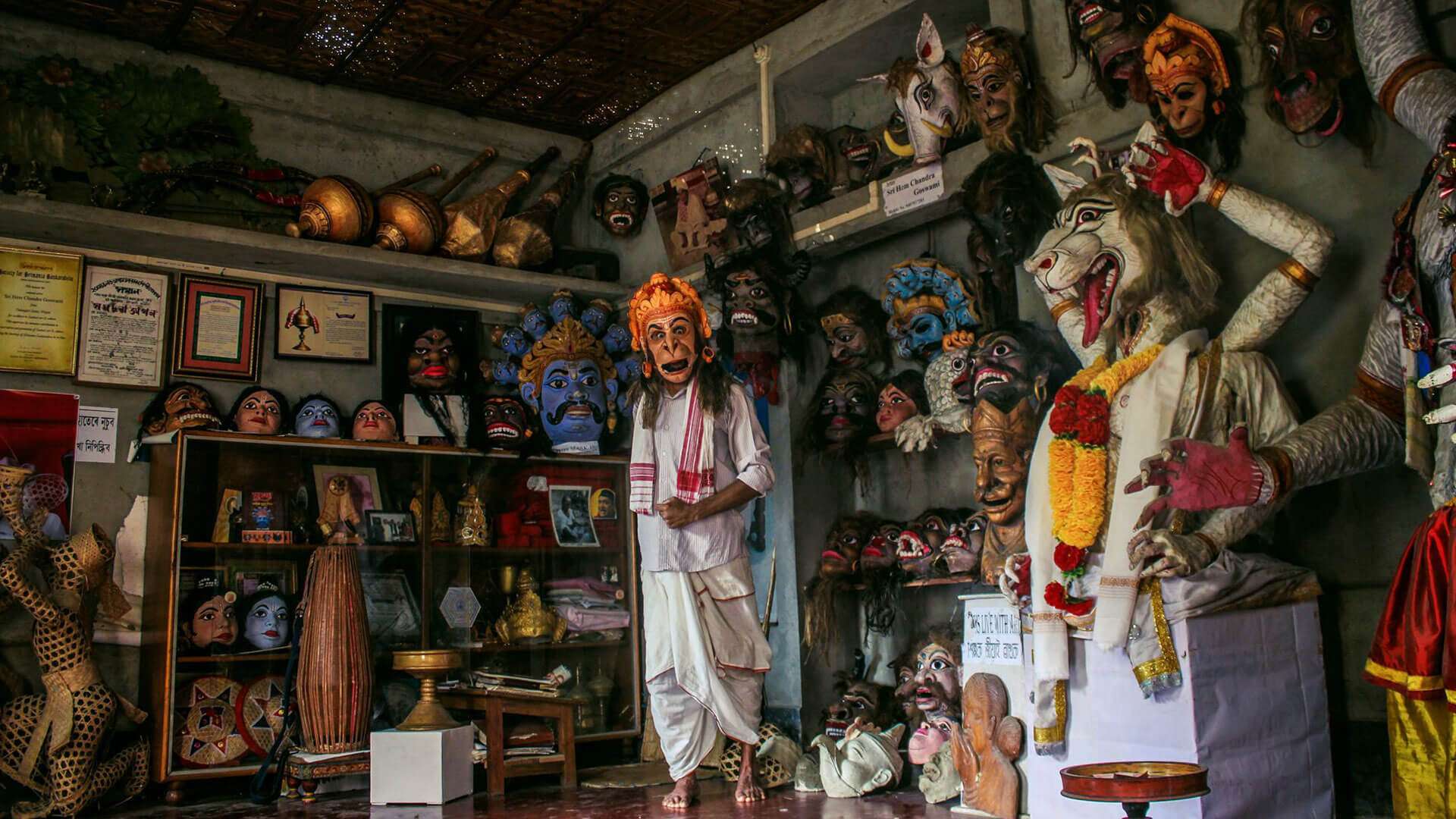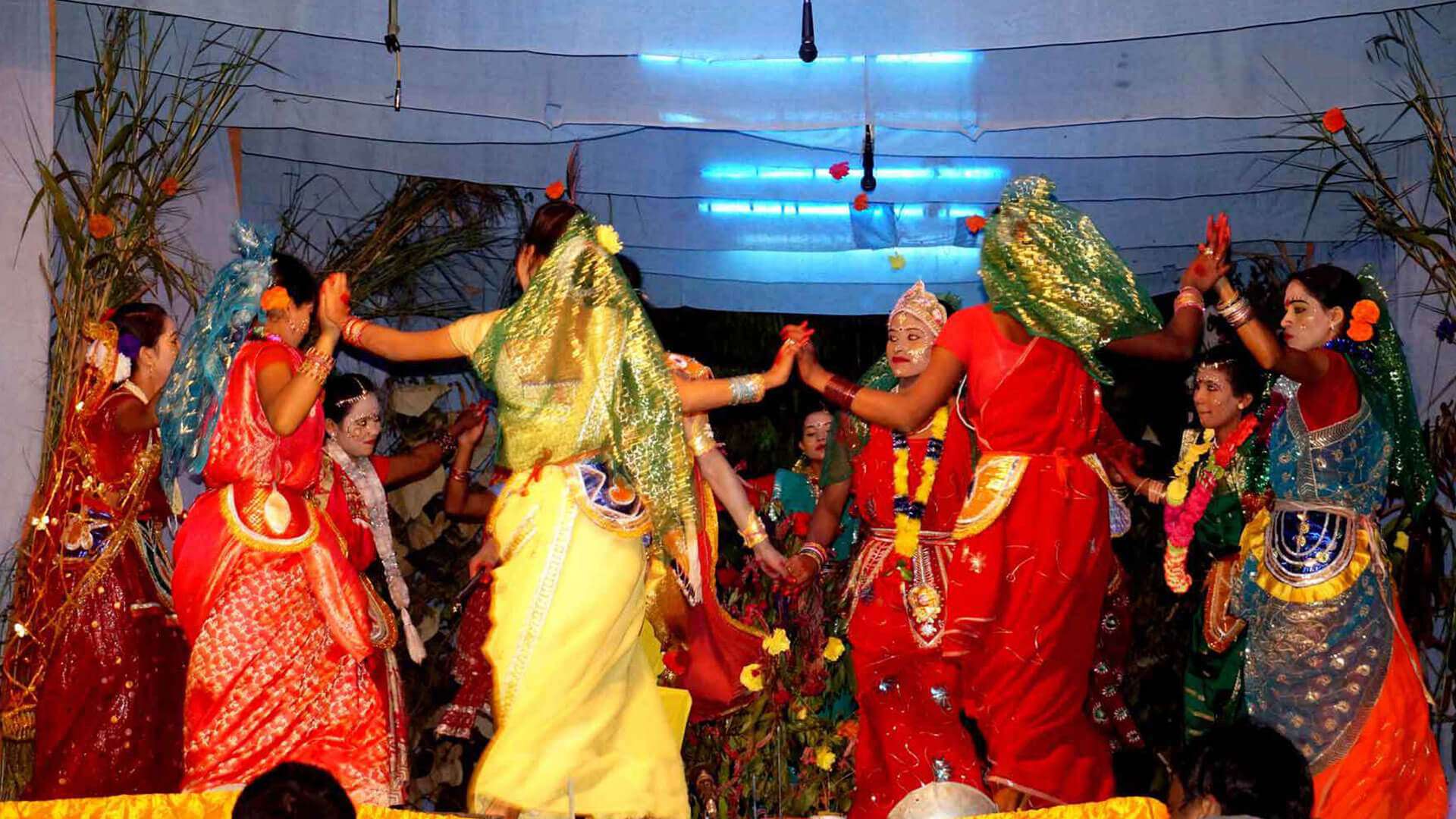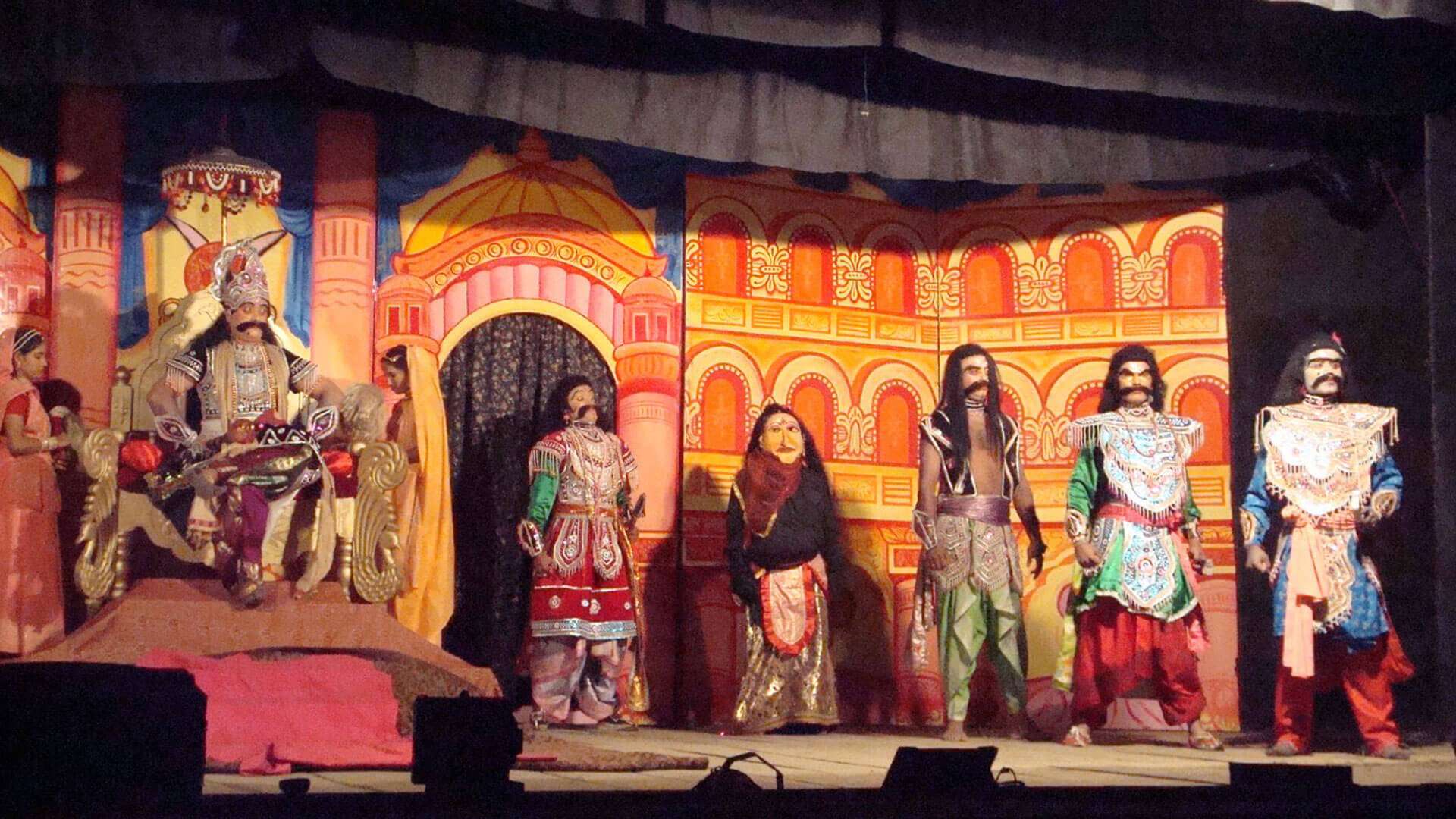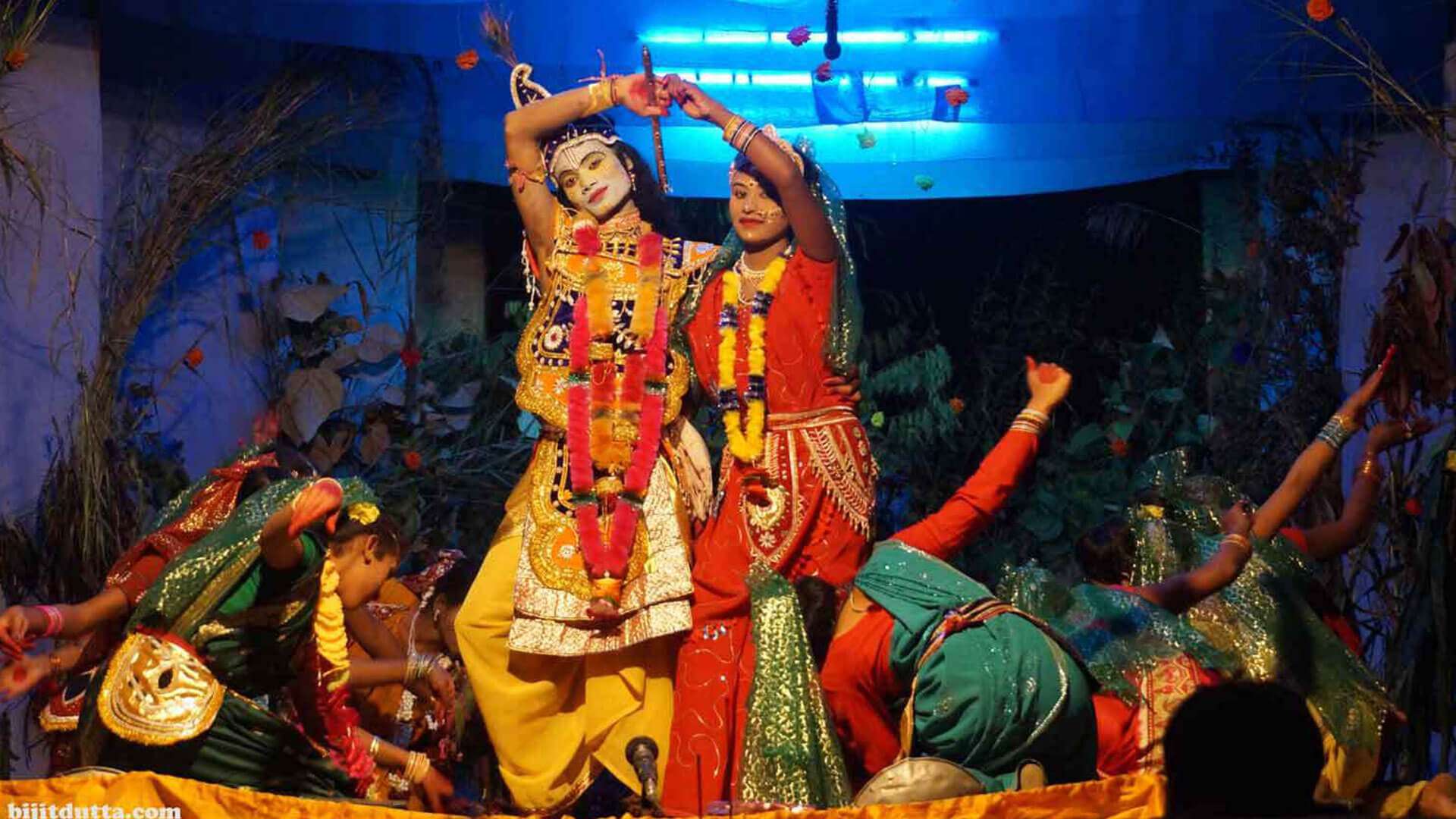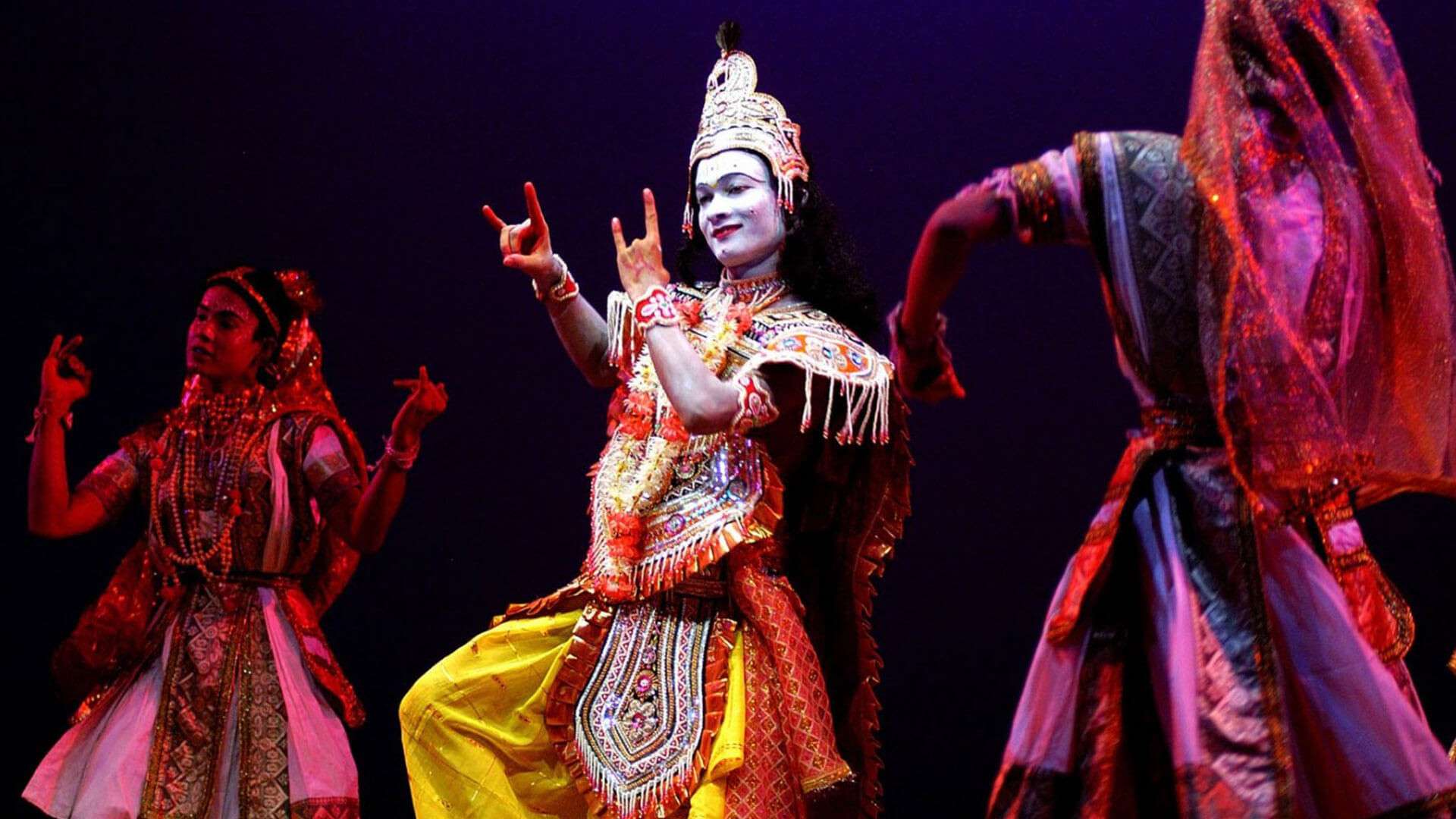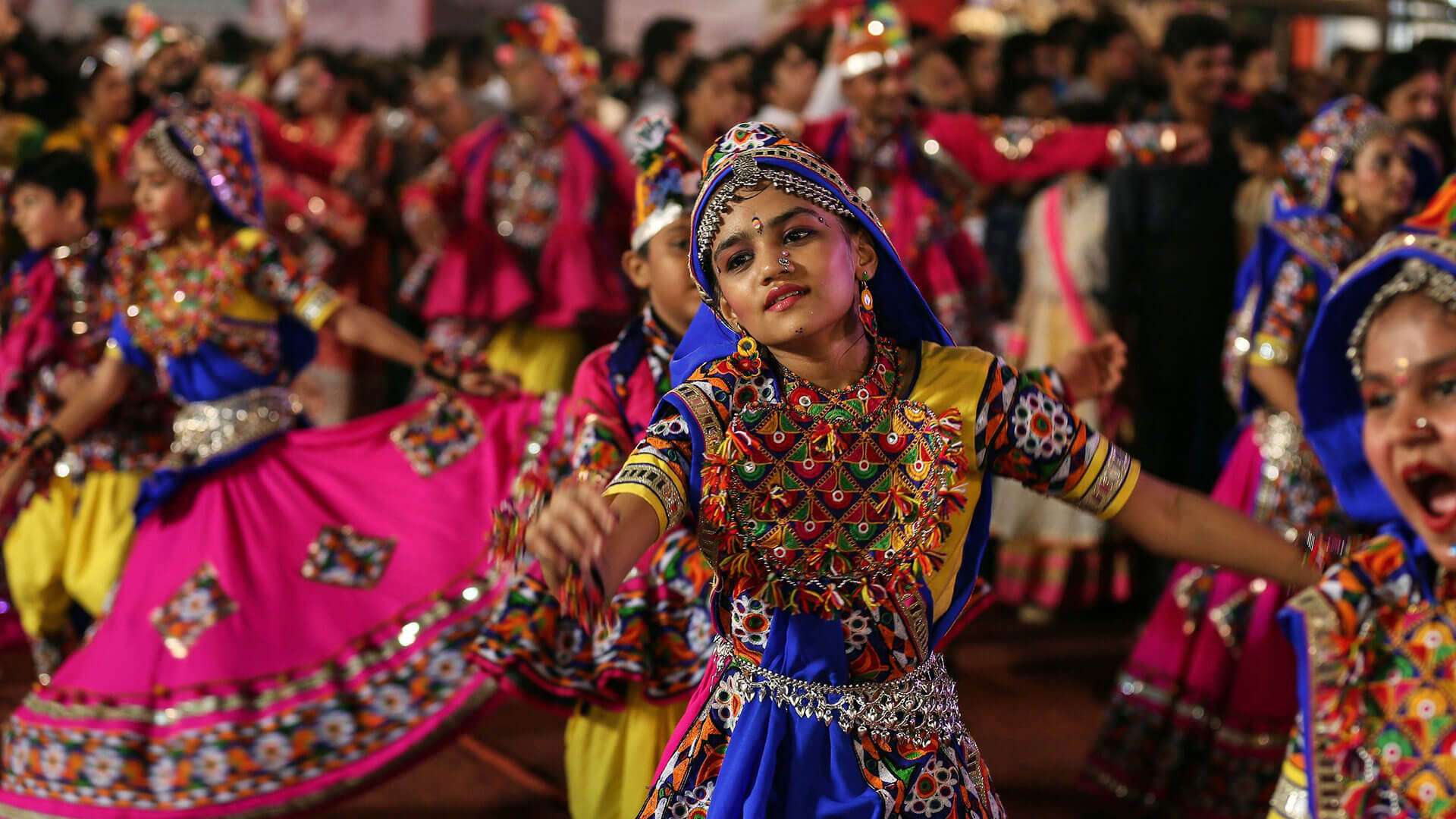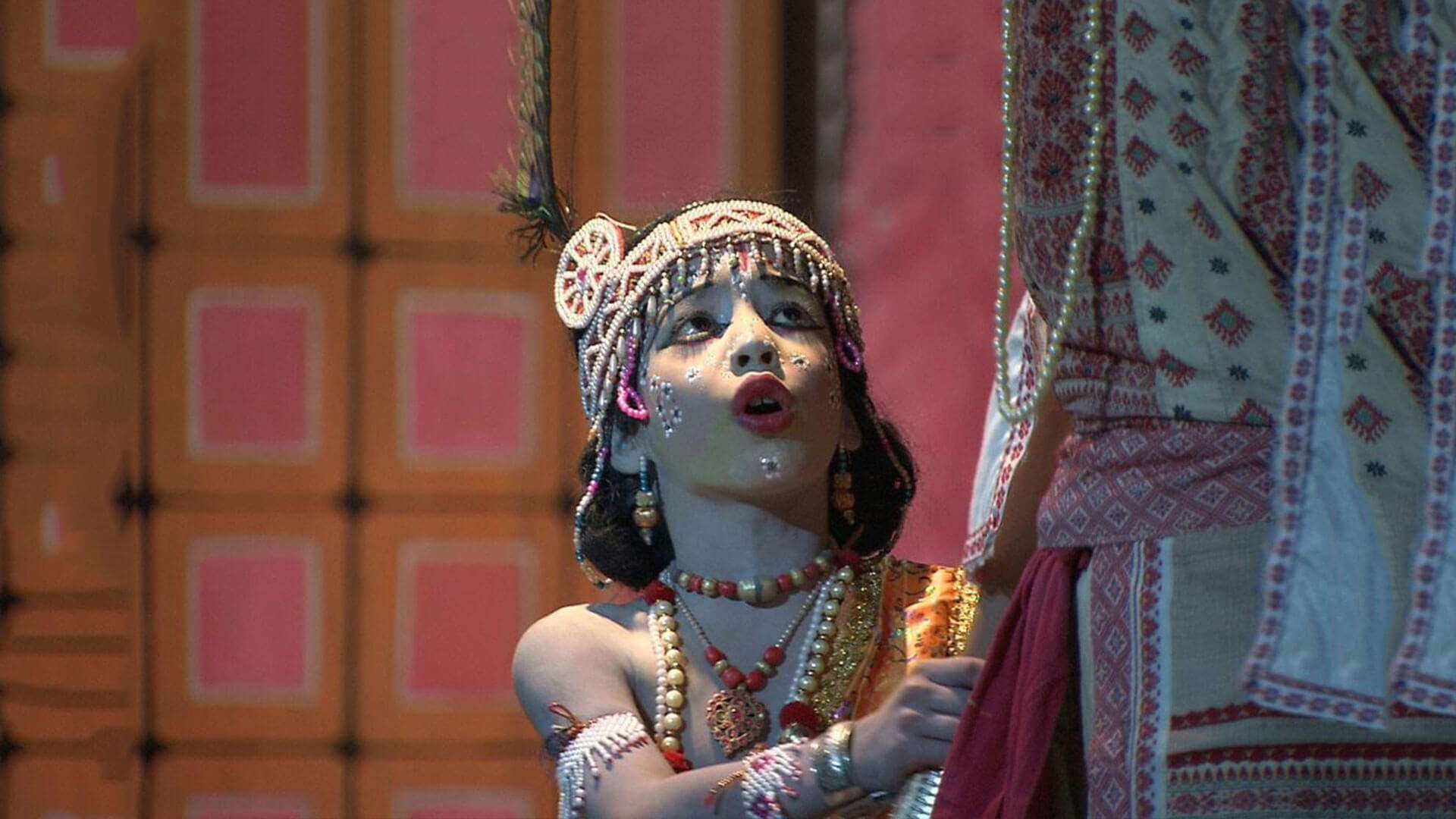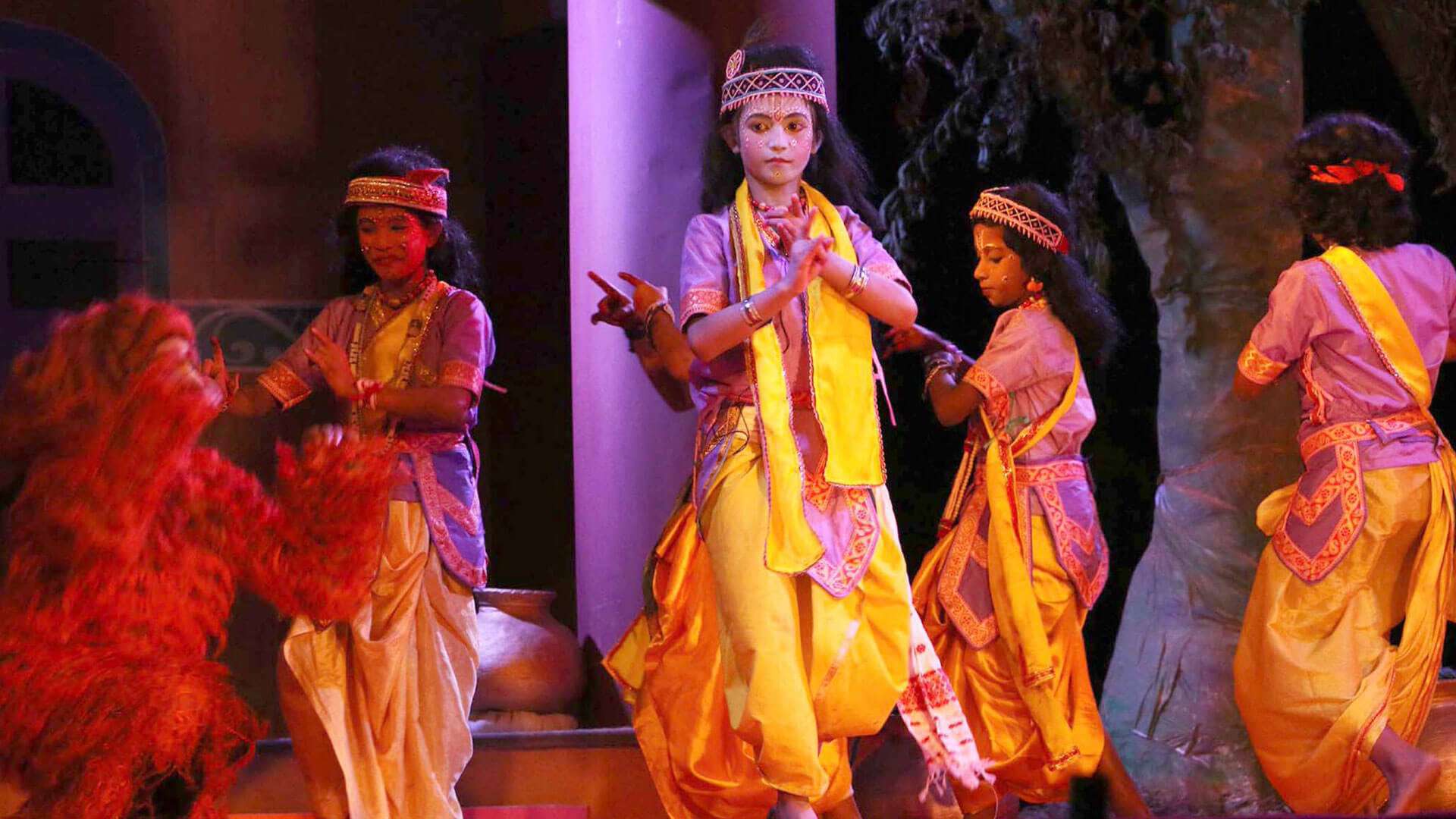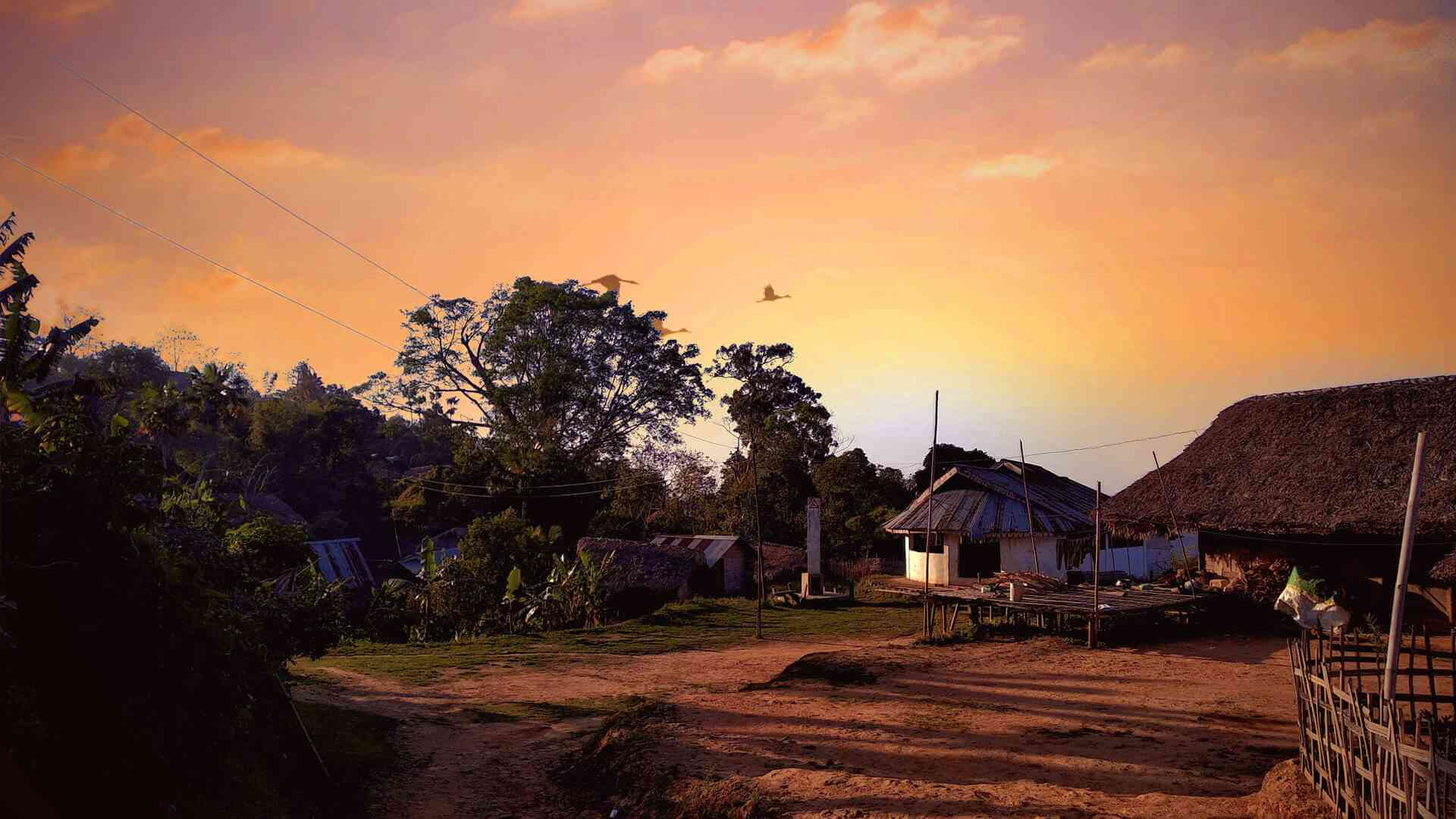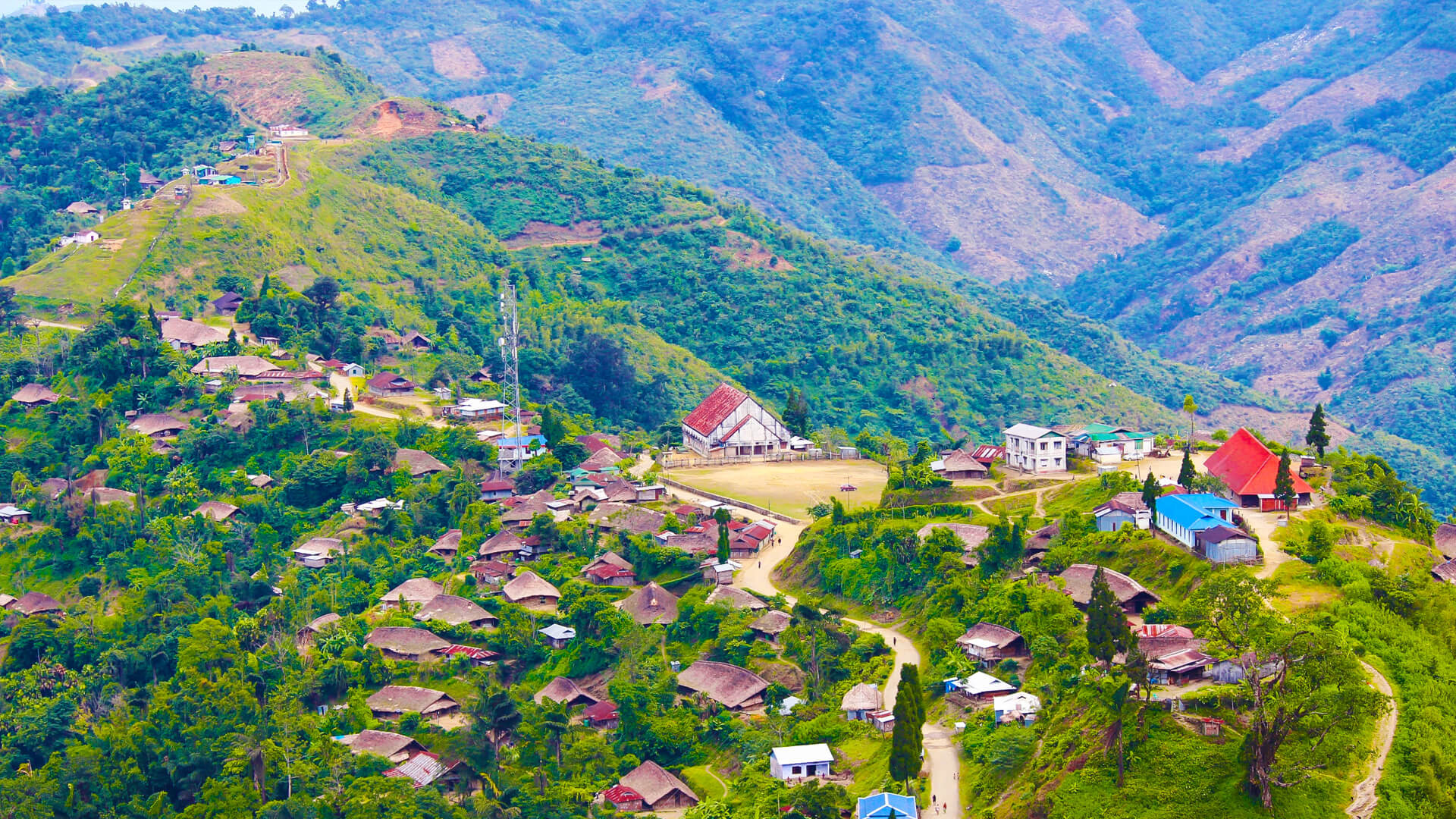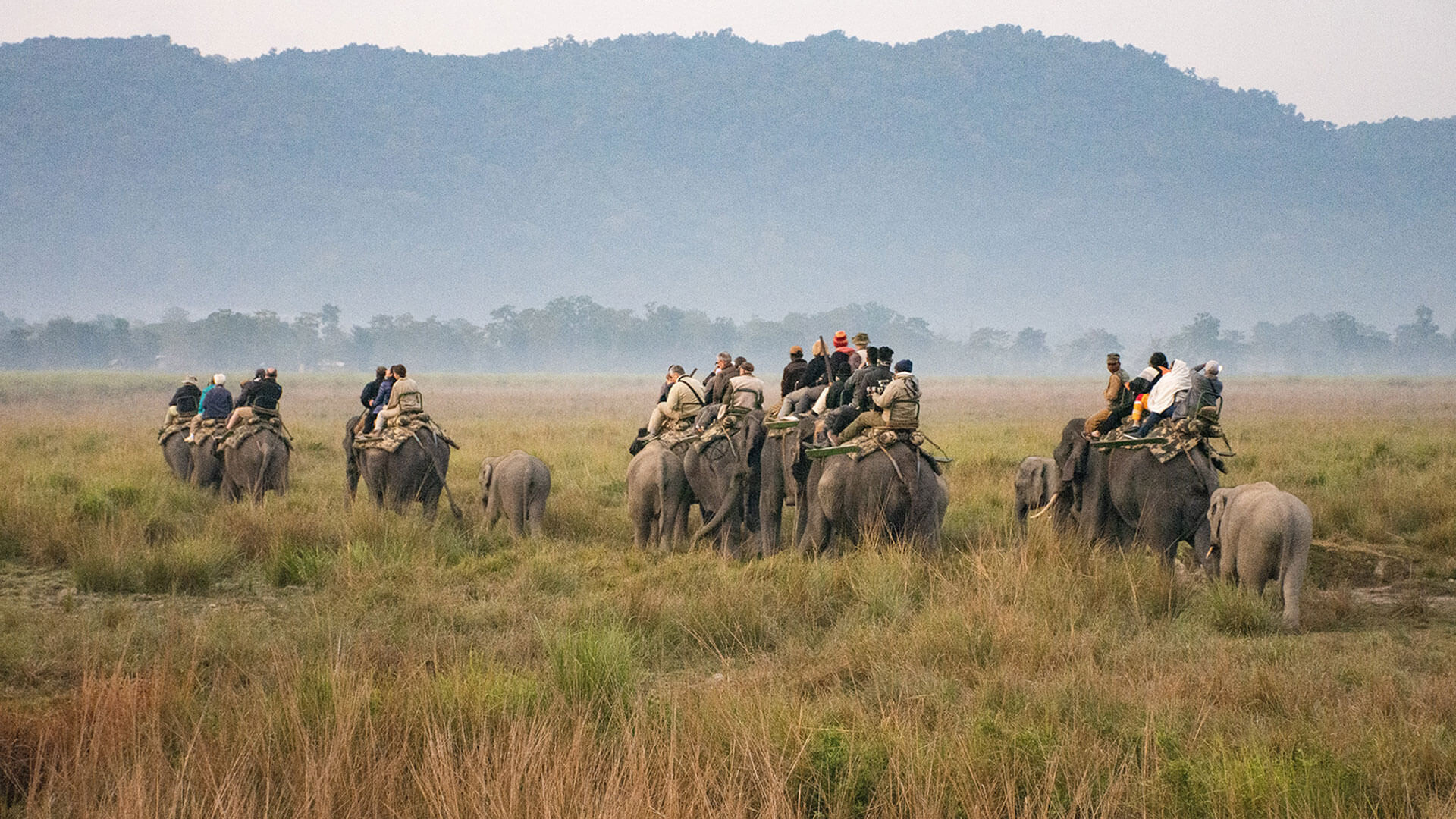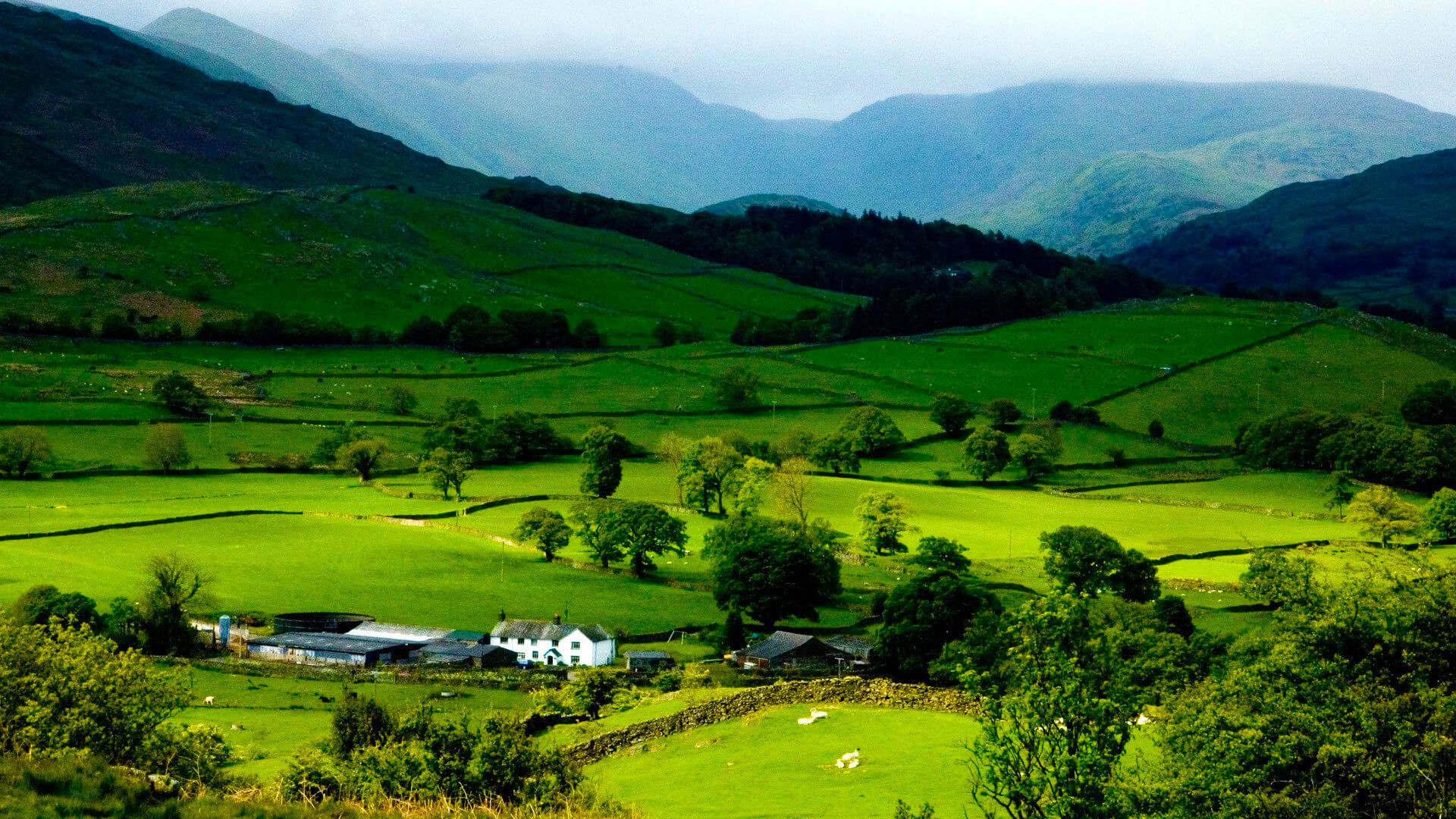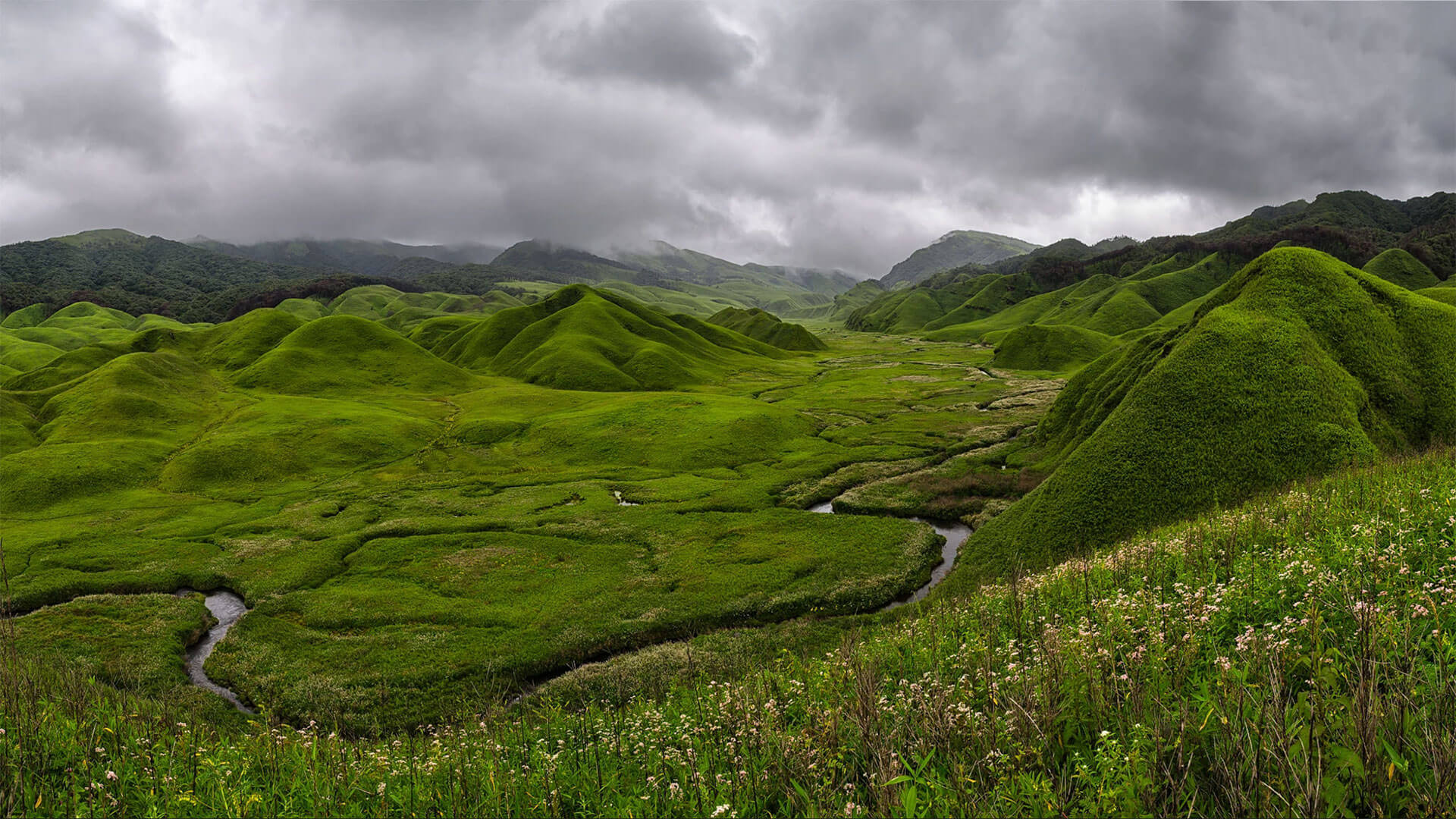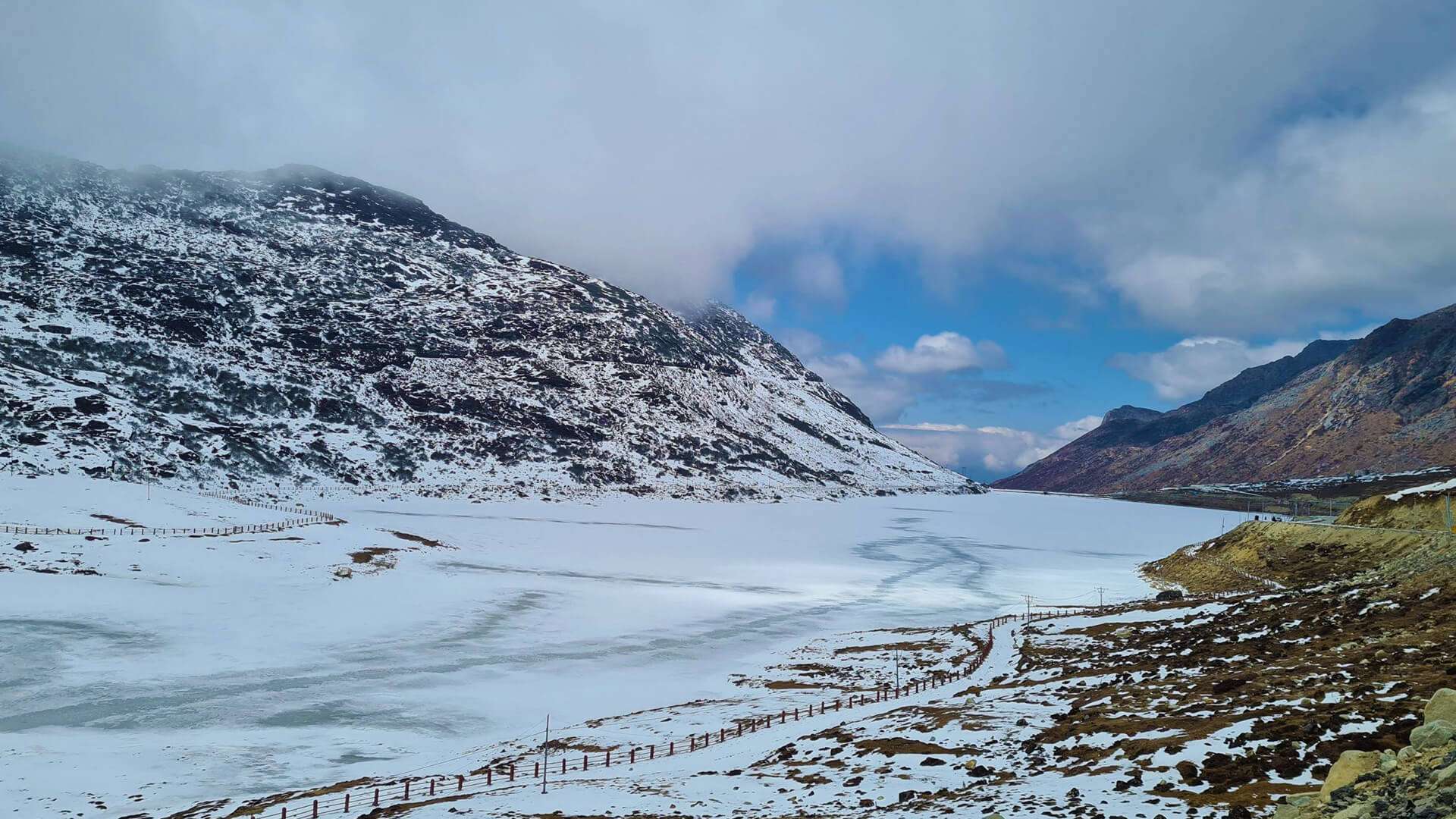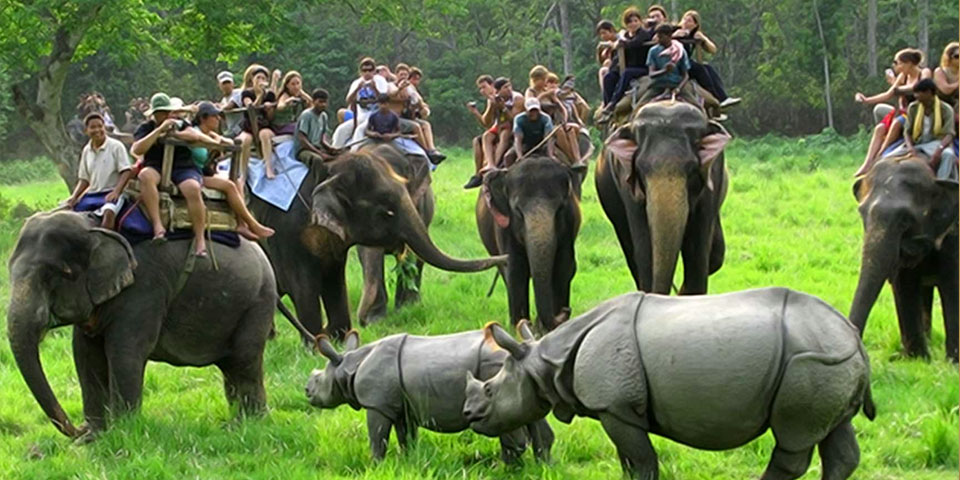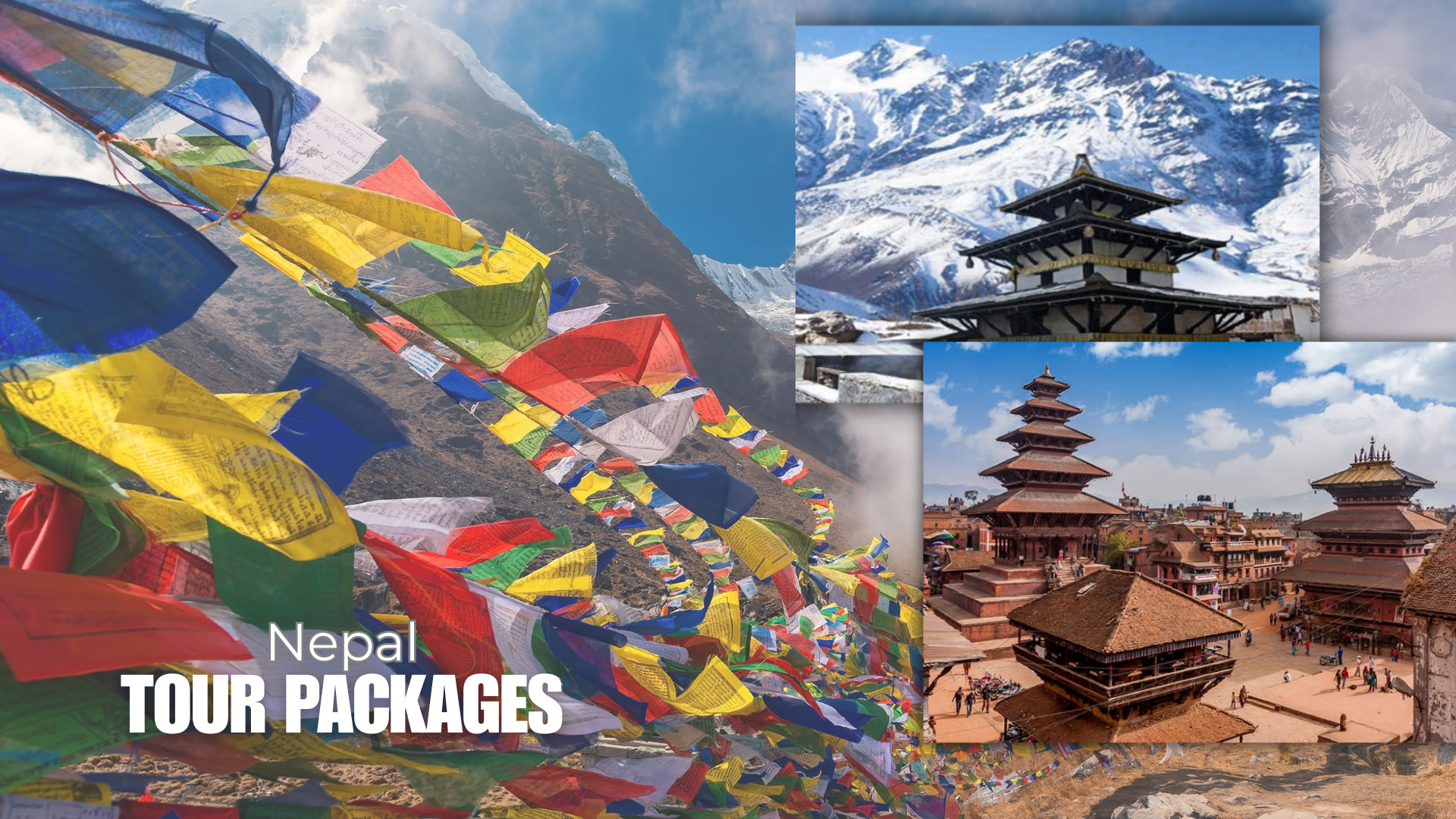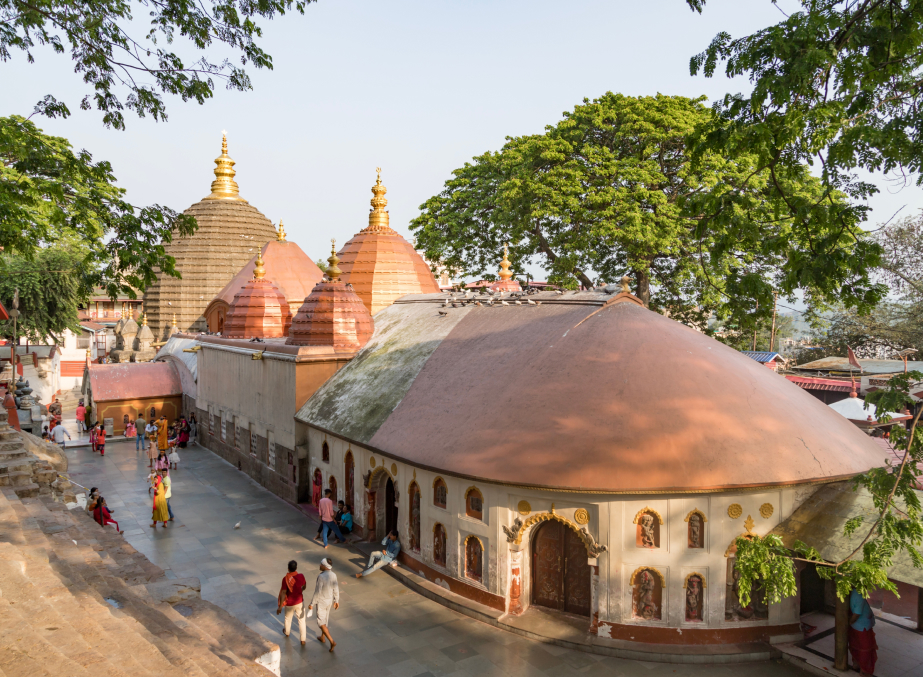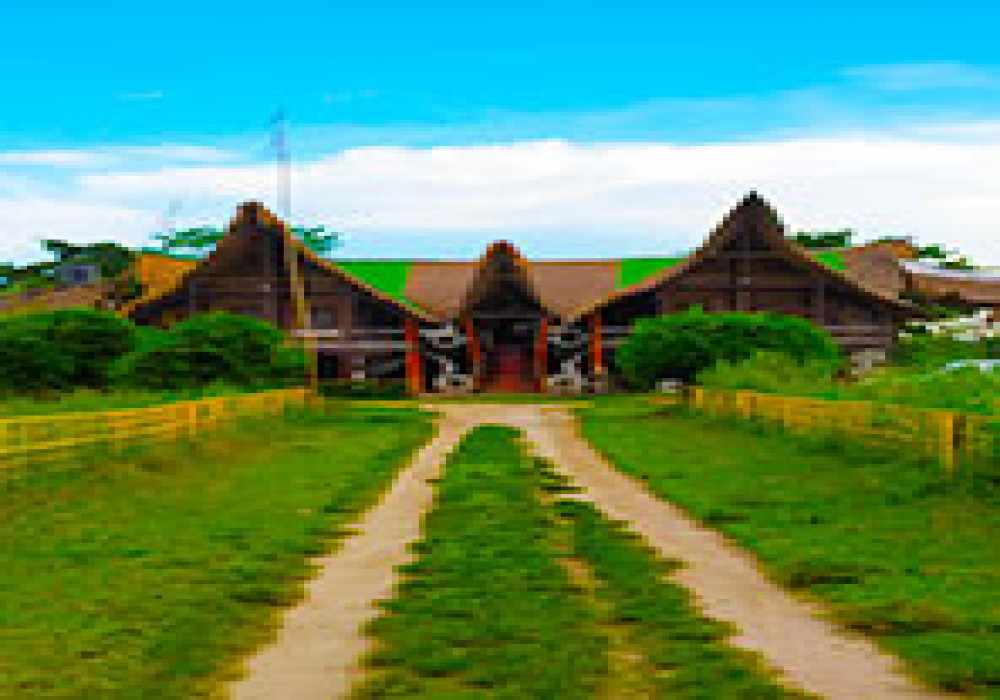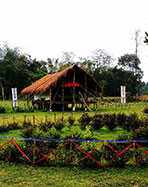Majuli Festival 2025 is a grand cultural celebration held annually on Majuli Island, the world’s largest inhabited river island situated in the Brahmaputra River of Assam. Known for its stunning natural landscapes and deep-rooted traditions, the island comes alive each year as locals and travelers gather to honour Assam’s rich tribal customs and neo-Vaishnavite heritage. With the river glistening nearby and an endless blue sky overhead, the atmosphere during the festival is nothing short of magical.
For four unforgettable days, Majuli becomes a living canvas of music, dance, art, and spirituality. The festival offers an immersive experience into the region’s traditional lifestyles, devotional performances, and vibrant craftsmanship. From rhythmic folk dances to intricate mask-making, and from spiritual chants to handwoven textiles, every corner of the island reflects the timeless soul of Assamese culture.
Date & Venue of Majuli Festival 2025
The Majuli Music Festival 2025 is scheduled to take place from November 21 to November 24, 2025, on Majuli Island in Assam, India.
This annual event celebrates the rich cultural heritage of the region, featuring a diverse lineup of artists and cultural activities. Majuli, recognized as the world's largest river island, provides a picturesque setting for the festival, offering attendees an immersive experience of Assam's traditions and natural beauty. The festival aims to promote rural tourism, uplift the local community, and make Majuli self-sufficient.
History of Majuli Festival in India
Majuli in Assam is known to be the largest river island in the world and it also holds a Guinness World record for being so. Locals claim that the island used to have a land cover of 880 square kilometres which got shrunk to 352 square kilometres over a period of time due to the effect of erosion and growth of the rivers that surround it. Many folklores also state that the Majuli island was formed as a result of floods and earthquakes in the 17th century. Legends have it that the island was known as Ratnapura in the 12th Century and it served as the capital city for the Chutia Kingdom.
Today, the Majuli island is known to be a hub of various tribes, some of the most prominent ones are Misings, Deoris, and Sonowal Kacharis. The island is home to many non-tribal and scheduled caste tribes as well such as Ahoms, Koch, Yogis, Kalitas, and Keot. The languages spoken on the island are majorly Mising, Deori, and Assamese. There are many monasteries and Satras located on the island where all the religious rituals are performed by the Neo-Vaishnavites.
Majuli festival is celebrated for four days annually in the month of November. The festival begins on 21st November and culminates on 24th November every year. Majuli festival is marked by many cultural programs, folk dances, and stalls dedicated to local delicacies of the tribes of Majuli. Many budding and established artists, dancers, musicians, and artisans participate in the festival.
Major Attractions of Majuli Festival of Assam
- Sattriya Dance Performances – Classical dance form rooted in Majuli’s neo-Vaishnavite culture, performed by monks from local Sattras (monasteries).
- Tribal Folk Dances and Music – Energetic performances by indigenous communities showcasing Assam’s ethnic diversity.
- Mask-Making Demonstrations – Live presentations of the island’s famous traditional masks used in devotional plays and rituals.
- Handloom & Handicraft Exhibitions – Authentic Assamese textiles, bamboo and cane products, pottery, and locally made artifacts on display.
- Ankiya Naat (Devotional Theatre) – Spiritual dramas based on the teachings of Srimanta Sankardeva, blending music, dance, and storytelling.
- Local Cuisine and Food Stalls – Traditional dishes like pitha, tenga, rice beer (apong), bamboo shoot delicacies, and tribal meals served fresh.
- Spiritual and Cultural Parades – Processions by devotees and artists that reflect the harmony of tribal and Vaishnavite values.
- Eco-Friendly Art Installations – Creative displays made using natural and sustainable materials promoting environmental consciousness.
- Workshops and Interactive Sessions – Hands-on experiences where visitors can try weaving, mask painting, or learn about Majuli’s culture directly from locals.
- Riverbank Sunsets and Cultural Evenings – Scenic evenings by the Brahmaputra with performances, bonfires, and storytelling under the open sky.
How to Reach Majuli Music Festival 2025
Majuli is a lush green river island that is visited by tourists from across the country. People arrive here to witness the most-visited religious destinations like Kamalabari Satra, Garmur, Tengapania, Auniati Satra, Dakhinpat Satra, and popular fairs and festivals of Assam. Apart from these spiritual and cultural delights, you can also indulge in some fun activities like boat rides, strolling in the village, cycling, witnessing sunrise and sunset, and the mighty and mesmerising Brahmaputra river..
You can conveniently reach Majuli from Jorhat through various modes and routes. Jorhat is located at an approximate distance of 2100km via NH 27, 3,000km via NH 27 and NH 52, 1,300km via NH 27, and 3,200 km via NH 44 from Delhi, Mumbai, Kolkata, and Bengaluru respectively. Read till the end to find out some best travel options to reach this exotic river island.
By Road
The Majuli Island is approximately 300km from Guwahati and 20km from Jorhat. Below mentioned, is an approximate idea of distance and the best route to take from nearby places to reach Jorhat:
- Shillong - 365 km via AH1/AH2 and NH 715
- Dimapur - 125 km via Silonijan-Barpathar-Sarupathar-Bokajanghat Road
- Tezpur - 163 km via NH 715
- Guwahati - 300 km via NH 27 and NH 715
From Jorhat, you have to avail ferry service to reach the island and participate in the festival. You can opt for two regular ferry rides to Majuli, out of which one leaves at 10:30 in the morning while the other at 2:30 in the afternoon. These ferry rides are suspended if the Brahmaputra river is flowing above the recommended water level and speed. The boat ride begins from Nimati Ghat in Jorhat and terminates at Kamalabari Ghat and Dakhinpat Ghat in Majuli and both these ferry routes take around 2 hours to reach Majuli Island.
By Rail
If you are planning to travel by rail then you have to get down at the Jorhat railway station as it is the nearest to Majuli Island. There are no direct trains from Delhi, Mumbai, Kolkata, and Bengaluru to Jorhat Railway Station hence you have to travel via connecting trains from Guwahati. You may reserve seats in Jan Shatabdi Express or JTTN intercity from Guwahati and GHY Intercity from Dibrugarh.
By Air
Jorhat Airport is the nearest airport to Majuli Island. AirAsia, IndiGo, Vistara, SpiceJet, and GoAir run direct flights from Delhi and Kolkata to Guwahati Airport. You may pick SpiceJet and IndiGo if you are arriving from Mumbai and looking for non-stop flights. From Jorhat Airport, you have to cover a distance of nearly 22 km via local transport to reach Nimati Ghat from where the ferry services operate. Private ferry services run 6 to 7 times a day from Jorhat hence reaching the island will not cause any inconvenience.
Conclusion
The Majuli Festival is a lively 4-day celebration on the Majuli river island, showcasing Assamese tribal and neo-Vaishnavite culture by the beautiful Luit River. It's like a colorful party that shares the traditions of Assam, making it a special and unforgettable experience for everyone who joins in the fun. So, now that you have already gained some insightful information about the event, then’ what the wait for? Book now ith adotrip.com and experience hassle-free travel.
Frequently Asked Questions About Majuli Festival
Q1: In which state is the Majuli Festival celebrated?
A1: The Majuli Festival is celebrated in the state of Assam, India.
Q2: What is Majuli famous for?
A2: Majuli is famous for being the world’s largest inhabited river island, its neo-Vaishnavite monasteries (Sattras), traditional mask-making, rich tribal culture, and handloom craftsmanship.
Q3: Which is the biggest music festival in Assam?
A3: The biggest music festival in Assam is the Ziro Festival of Music, although it is held in neighboring Arunachal Pradesh, it is closely associated with Assam’s cultural circuit. Within Assam, Majuli Festival is among the largest cultural festivals featuring music, dance, and spiritual performances.
Q4: What is the main festival of Assam?
A4: The main festival of Assam is Bihu, especially Rongali Bihu, which marks the Assamese New Year and the arrival of spring.
Q5: Which river is Majuli surrounded by?
A5: Majuli is surrounded by the Brahmaputra River, also locally known as the Luit

